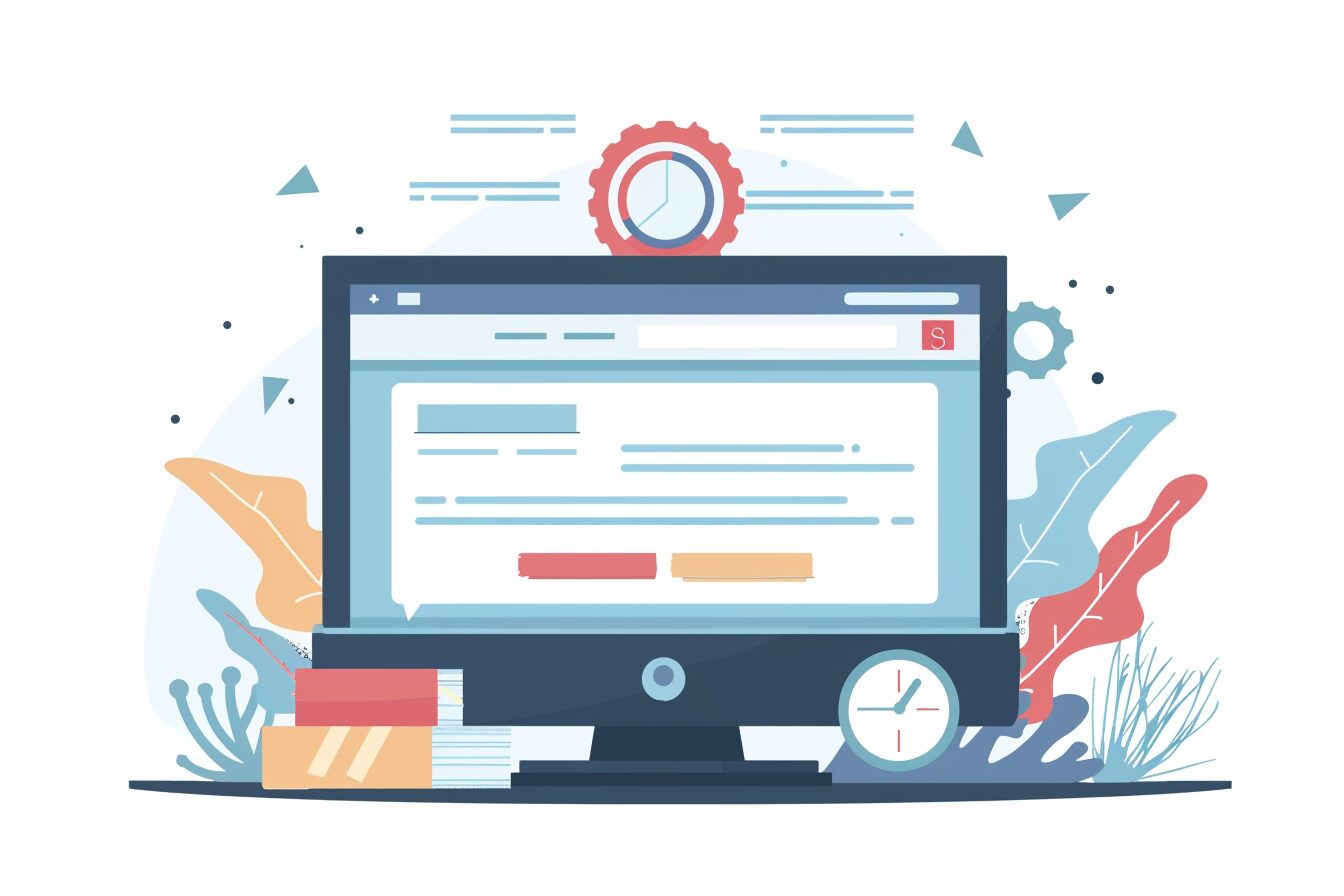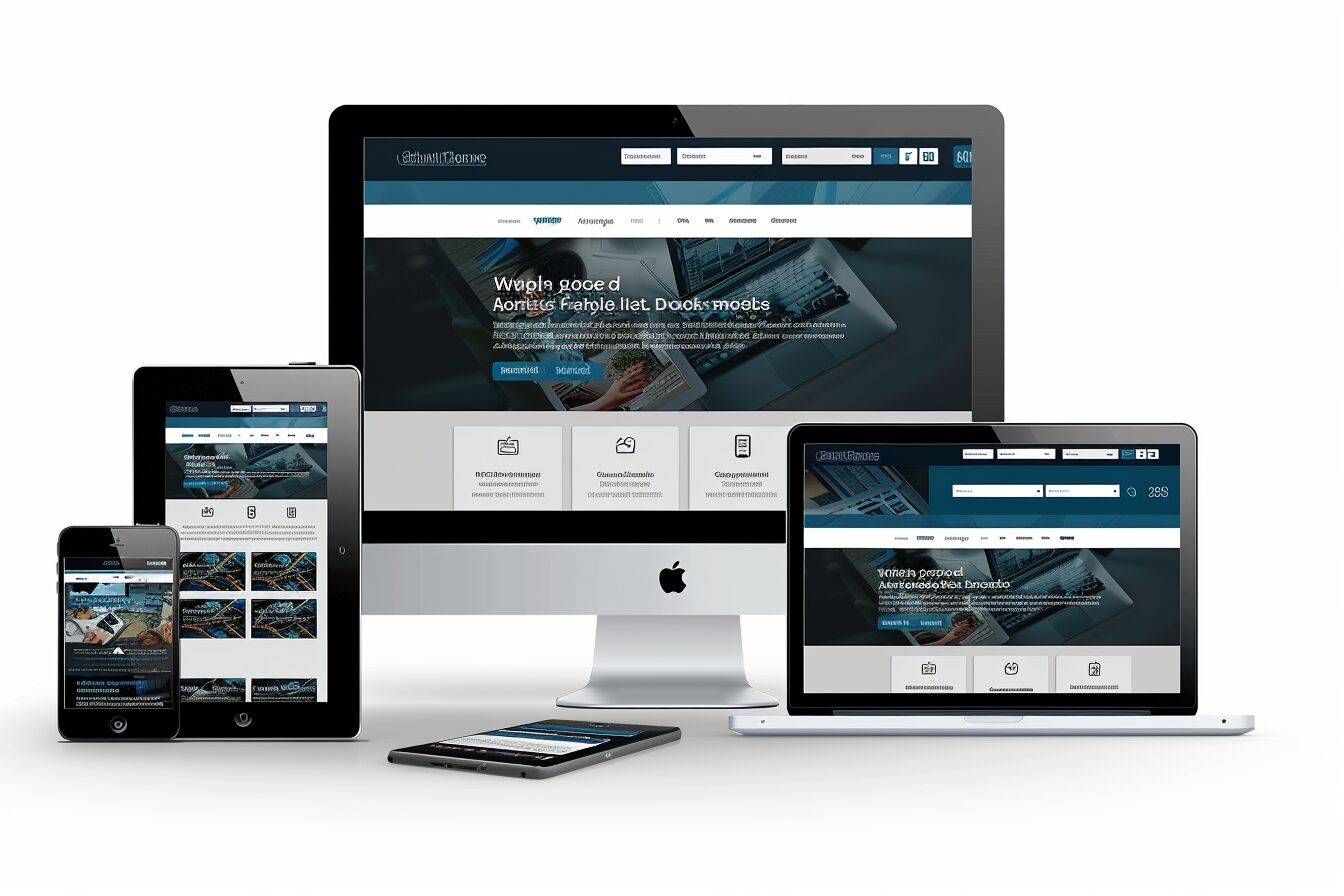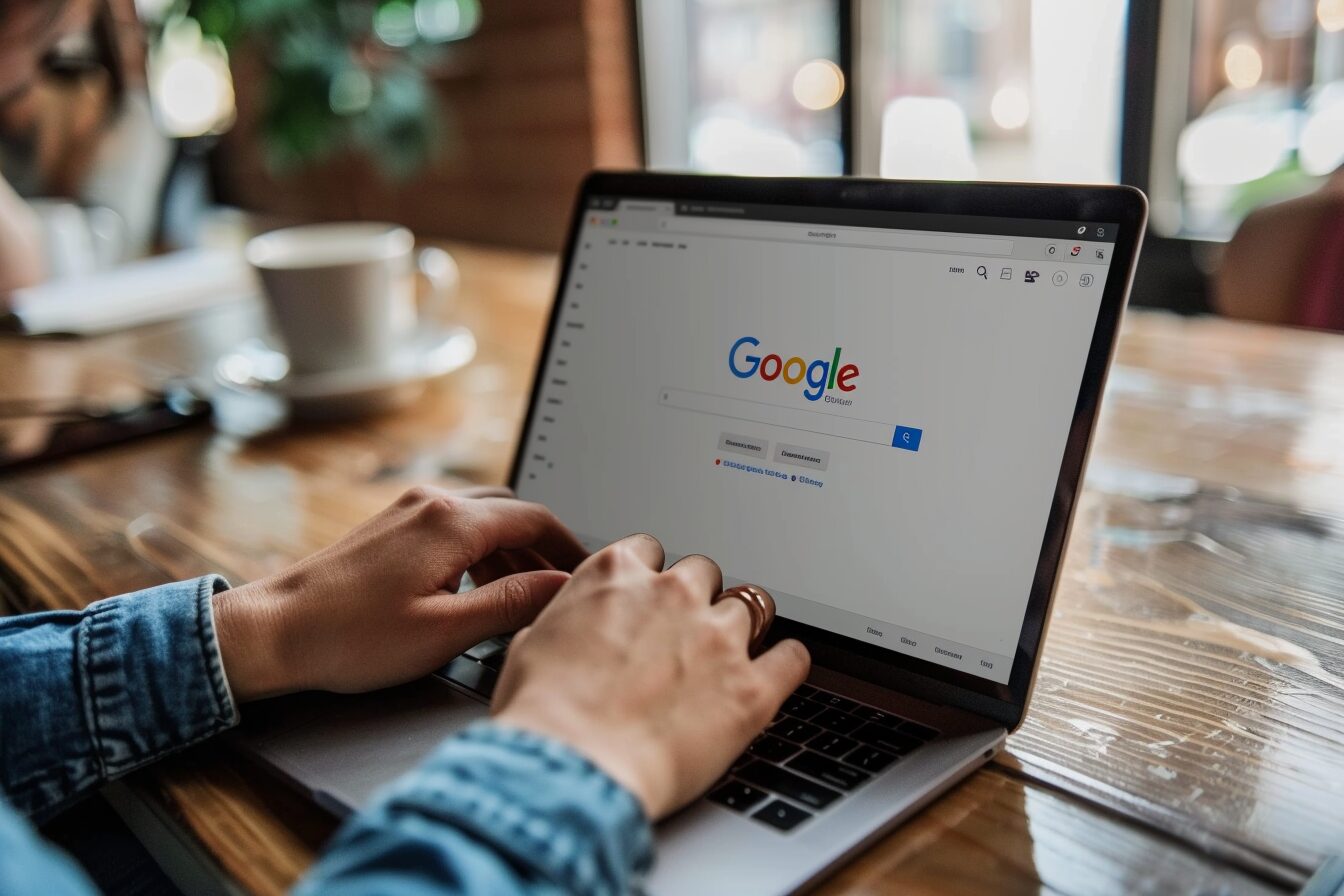Understanding the Importance of Site Protection
In today’s digital age, site protection cannot be underestimated. As more companies move their services online and the demand for e-commerce grows, so does the risk of cyber threats. Careful consideration must be taken to protect the integrity of your website and its data. Embarking on this will shield businesses from malicious attacks, secure sensitive information, and maintain a trustworthy relationship with customers.
Neglecting security measures can lead to catastrophic scenarios such as data breaches and financial loss. In fact, these occurrences are becoming increasingly common in the realm of online business. Therefore, making site protection a prime focus for online businesses is a preemptive measure against such threats. It allows for the propagation of safer online environments and bolsters consumer confidence in the digital marketplace.
The Reality of Cyber Threats in Today’s Digital Age
In recent decades, cyberspace has become a battleground for nefarious activities ranging from embezzlement to outright cyber warfare. Despite repeated attempts from security firms and government agencies to curtail these activities, cyber threats have only magnified in both scope and sophistication. This digital menace exists in various forms, including viruses, ransomware, phishing, and DDoS attacks, exploiting the vulnerabilities of websites and digital infrastructure for malicious purposes. These threats have dire implications for individuals and pose significant risks to businesses, governments, and even nations.
The digital age, although bearing fruits of convenience and efficiency, is also draped under a veil of constant cyber threats. Today, cybercriminals are more than just bored individuals wielding a basic understanding of code; they are highly organised groups, sometimes backed by state actors, skilled in advanced hacking techniques. They exploit weak points in system security, outdated software, or even the behavioural patterns of users to gain illegal access. Given this panorama, cybersecurity measures should be one of the foremost considerations in building and maintaining any digital platform.
Identifying Weak Points in Your Website’s Defense
One of the primary steps in safeguarding your website involves the identification of its vulnerabilities. Weak points, often overlooked, can serve as open invitations to hackers who are constantly scanning the digital landscape for any accessible prey. Any lapse in security, however minor it may seem, can have profound consequences. Thus, having insight into your website’s weak points is necessary in combating cyber threats.
The process typically begins with a comprehensive security audit of your website. Many tools exist that automate this tedious and technologically intricate task, providing thorough reports highlighting the weaknesses that need to be rectified. Broken links, outdated software, insecure data inputs, and lack of proper encryption methods are some elements that can potentially compromise your website. Identifying and rectifying these issues strengthens your site’s defence and instils confidence in your site visitors, fostering a sense of increased trust and credibility.
The Role of Regular Updates in Keeping Your Site Safe
In today’s rapidly evolving cyber landscape, old codes and software can often provide a convenient gateway for hackers. As software becomes outdated, vulnerabilities that may not have been initially apparent become richer attacking grounds for cybercriminals. Regular updates address such vulnerabilities, patch weak spots, and maintain the website’s overall performance. They bring in newer and stronger protection features, making it more difficult for any potential threats to infiltrate and cause harm.
However, updates are not just about installing patches to fix bugs or address vulnerabilities. They also incorporate improvements in features and performance. Enhanced features often mean optimised security algorithms and more robust defences against threats. Updates essentially translate to stronger fortifications for a website. A site that’s updated regularly can, therefore, withstand attacks more effectively, ensuring the continued safety of integral data.
The Essentiality of Strong Usernames and Passwords
In the digital era, the strength of usernames and passwords plays a critical role in maintaining the security of a website. These seemingly insignificant details are the first defence against cyber threats, cybercriminals and intrusive hacking. With the surging cases of online data breaches, misuse of personal information, and identity theft, it is more crucial than ever to ensure strong and unique usernames and passwords are in place.
Creating a robust username can be equally important as selecting a strong password. Usernames should not include personal details such as birthdates, addresses or real names that cyber attackers can easily decipher. As for passwords, choosing a complex combination of letters, numbers, and symbols can significantly hinder the attempts of threat actors to crack into your account. Regularly updating your password and maintaining different login credentials for separate accounts can substantially increase the safety of your site.
Utilizing Two-Factor Authentication for Enhanced Safety
Two-factor authentication (2FA) is a double-layered security measure that vastly improves the safety of your online assets. It extends beyond the simple username and password protocol by adding an extra verification step. Typically, this step requires users to input a confirmation code via SMS or email or authorise access through a dedicated authentication application. The additional step ensures that even if a hacker breaches the defence’s first layer (password), they still need to overcome a second, separate defence mechanism to gain access to your digital information.
The robustness of 2FA lies in the requirement of two distinct authentication elements. It capitalises on something you know (the password) and something you have (your phone or email address). Users may face minimal increased complexity during the logging-in process; however, the heightened safety provided by 2FA significantly outweighs such inconvenience. It’s a powerful reminder to prioritise security even in an environment that often privileges convenience. In a world increasingly dominated by cyber threats, two-factor authentication is becoming essential to any comprehensive digital security strategy.
How Plugin and Theme Security Affects Your Site
The security of your website is significantly influenced by the plugins and themes you choose to utilise. These elements offer convenient additional features, but their safety is not always guaranteed. Plugins and themes can potentially offer backdoor avenues into your website for cybercriminals, as they might contain vulnerabilities or be poorly maintained, increasing the risk of exploits being introduced to your site.
To protect your website, you must ensure the plugins and themes you install are safe. Only use trusted sources to download and update these components regularly to ensure all known security holes have been patched. Be sparing with the number of plugins and themes you use; less is more regarding web security. Choice in plugins and themes shouldn’t be dictated solely by functionality and aesthetics; security should also rank high in your considerations when making these decisions.
• Always scrutinise the source of your plugins and themes: Not all sources are trustworthy, and downloading from dubious sites can introduce harmful elements to your website. Stick to reputable platforms that verify their offerings for safety.
• Regularly update your plugins and themes: Updates often include patches for known security vulnerabilities. Keeping these components up-to-date minimises the risk of exploits being used against your site.
• Limit the number of plugins and themes in use: Each additional plugin or theme is another potential access point for cybercriminals. Minimizing these reduces possible entry points into your website’s backend.
• Prioritise security in decision-making: When choosing a new plugin or theme, don’t just consider its functionality and appearance. Investigate its safety features as well – read reviews, check ratings, look at developer history etc., before making a decision.
Security isn’t an element that should be compromised when it comes to maintaining a professional online presence. Staying informed about potential threats associated with plugins and themes will help keep your site secure while allowing you to take advantage of their benefits.
• Stay informed about potential threats: Knowledge is power – staying updated on common vulnerabilities related to plugins/themes could save you from future headaches by preventing attacks before they happen.
Remember that no measure provides 100% protection; however, following these guidelines significantly reduces risks associated with using third-party components like plugins or themes on your website.
Effective Backup Strategies to Safeguard Your Data
A foolproof safety net for any website lies in having a robust backup strategy. Data is paramount for any e-commerce business or industry, as it not only houses information about your products or services but also contains valuable customer data. Despite the best precautionary measures taken from a preventative perspective, such as implementing SSL security or two-factor authentication, the possibility of data loss or corruption never entirely dissipates. It can strike anytime due to a website crash, a cyber attack, or a simple coding error, creating a blackout scenario.
Regularly backing up your data ensures that critical information and site function can be restored with a simple recoup process. Essentially, a backup is a copy of your data that can be stored locally or off-site using various cloud-based solutions. The frequency of backups depends largely on the rate of data accumulation and business size, ranging from hourly, daily, weekly, or monthly backups. This safety measure significantly decreases the potential impact of data loss. It offers the safety layer necessary to maintain operations and customer trust, affirming the undeniable value of a strong backup strategy.
Implementing SSL for Secure Data Transfer
Secure Sockets Layer, commonly referred to as SSL, is a protocol that establishes a secure connection between a client and the server, protecting sensitive data during transmission. The process of data encryption ensures only the intended receiver can decrypt, thereby making the intercepted data useless to hackers. SSL implementation is crucial to maintain users’ trust, especially for websites that require personal or financial information.
SSL implementation begins with acquiring an SSL certificate from a reliable SSL provider. This certificate, unique to a specific domain, becomes the website’s identity. Clients visiting your site can check this certificate to validate your authenticity. Using SSL may also improve your website’s search engine ranking, facilitating more user engagement. Implementing SSL is no longer a luxury but a necessity for the optimal security of data in transit.
Monitoring and Responding to Security Alerts Effectively
With the prevalence of cyber threats, the importance of properly monitoring and handling security alerts cannot be overstated. These alerts, often generated by security software, can notify website administrators about suspicious activities or potential breaches. Timely detection and response to such incidents can help avert major crises, protect crucial data, and maintain the site’s integrity.
However, proper management of these alerts is essential. Overlooking a critical alert due to an influx of false positives can lead to harmful consequences. Conversely, expending unnecessary effort on insignificant alerts can waste crucial resources. Hence, prioritizing alerts based on their severity and potential impact is essential. Sophisticated alert management systems can be employed to organise the alerts efficiently, ensuring that no critical warning is missed amidst the noise. Regular training of your IT team would also be essential in understanding how to respond efficiently to different types of security alerts.









